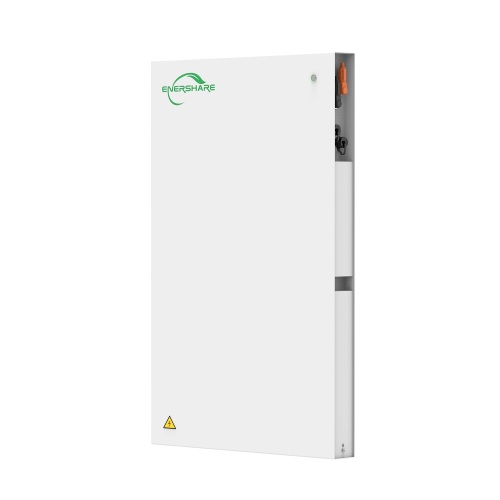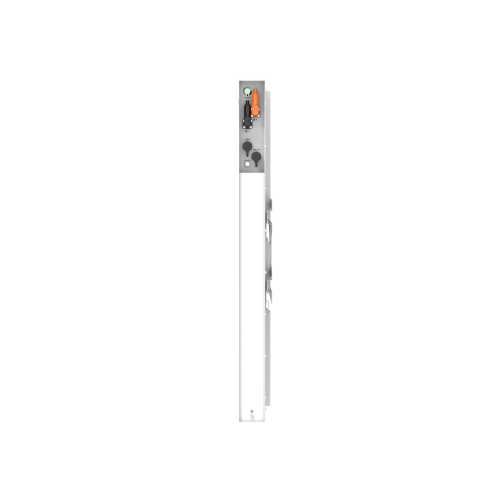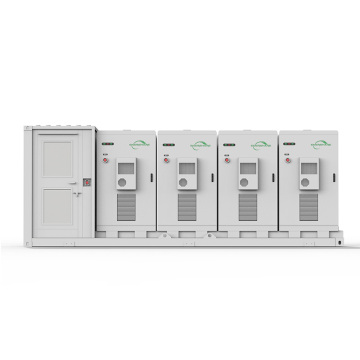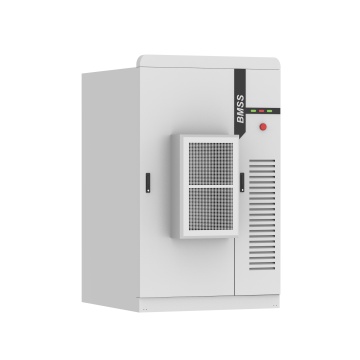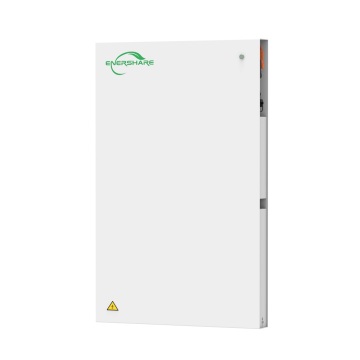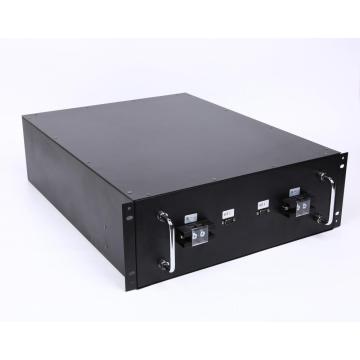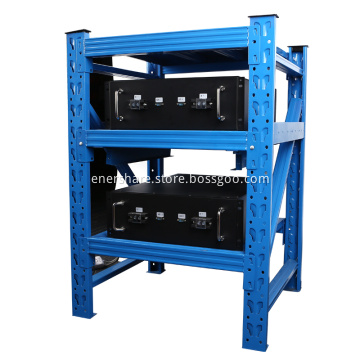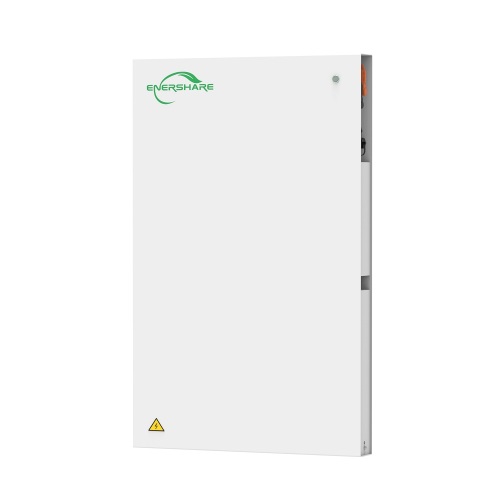
51.2V 5kWh Li-ion Battery ESS System
-
$899.001-99 Piece/Pieces
-
$849.00100-499 Piece/Pieces
-
$799.00≥500 Piece/Pieces
- Transportation:
- Ocean, Land, Air, Express
Quantity:
Your message must be between 20 to 2000 characters
Contact NowBasic Info
Basic Info
| Payment Type: | L/C,T/T,D/P,Paypal |
|---|---|
| Incoterm: | FOB,CIF,EXW,DDP |
| Transportation: | Ocean,Land,Air,Express |
Product Description
Product Description
The system is an energy storage device based on lithium-ion battery technology, with the following core parameters:
Voltage level: 51.2V (usually composed of 16 3.2V single cells in series)
Capacity: 5kWh (i.e. 5000 watt-hours, which means the system can store 5 kWh of electricity)
Technology type: It uses lithium-ion batteries (such as lithium iron phosphate LFP or ternary lithium NCM), with high energy density, long cycle life and other characteristics.
Its core function is to achieve the time and space transfer of electric energy through the charging and discharging process, such as charging at low electricity prices, discharging during peak hours, or providing continuous power supply for off-grid devices.
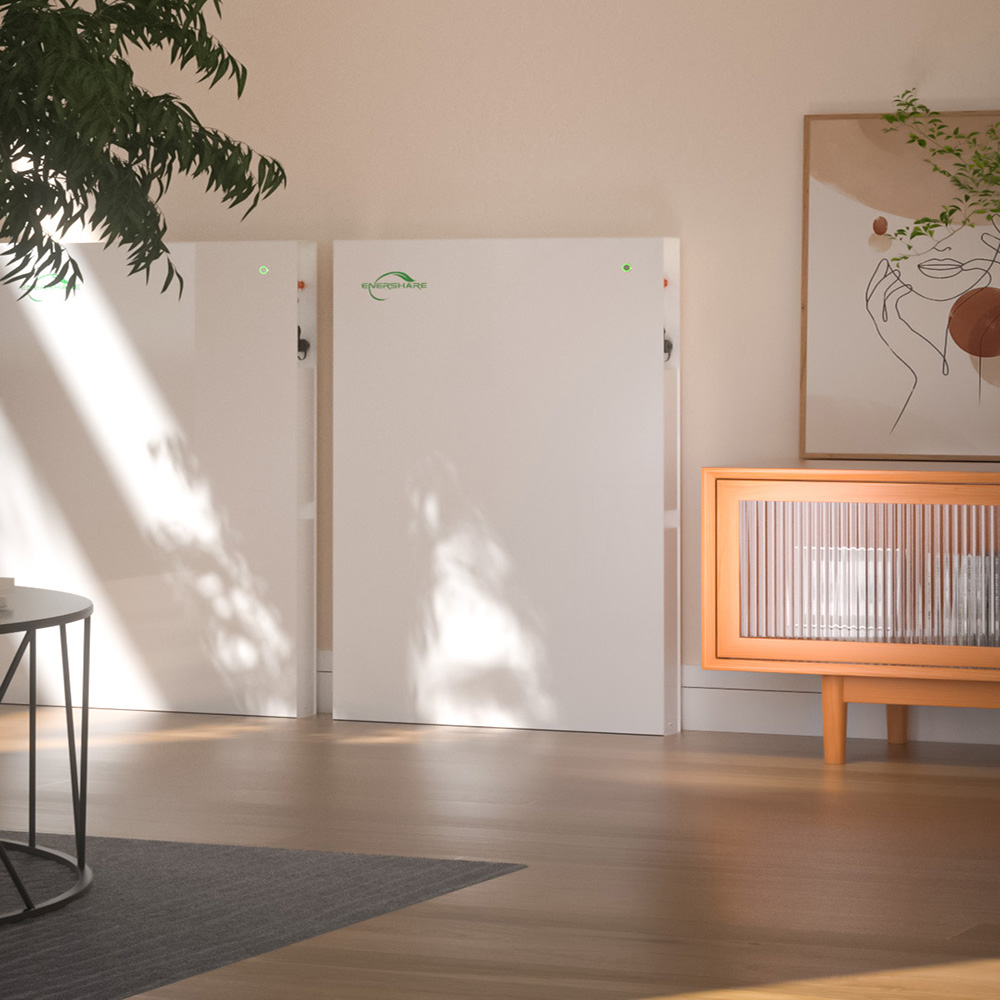
Battery Specification
| Item | Parameter |
| Battery Data | |
Capacity for assembled cell discharging by 0.2C |
≥98Ah |
Battery Voltage |
≥51.2V |
Standard Charge Condition |
Charge with 20A constant current and 54V constant voltage, |
charge to 54.75V,continue charging till current decline to ≤0.01C |
|
Standard Discharging Method |
0.2C constant current discharge to 40V |
Operation temperature and relative humidity range |
Charge 0~45℃ 60+25%R.H. |
Discharge -20~60℃ 60+25%R.H. |
|
Maximum Charge Current |
100A |
Maximum Discharge Current |
100A |
Internal Impedance |
Assemblage Impedance≤150mΩ |
Weight |
About 50Kg |
Dimensions(T*H*W)(mm) |
75*970*610mm |
Cell Data |
|
Nominal Capacity |
54Ah*2 |
Minimum Capacity |
106Ah |
Nominal Voltage |
3.2V |
Delivery Voltage |
≥3.2V |
Charge Voltage |
3.65±0.03V |
Standard Charging Method |
23±3℃,0.2C constant current,3.65V constant voltage charge to 3.65V |
continue charging till current decline to ≤0.02C |
|
Standard Discharging Method |
0.2C constant current discharge to 2.0V |
Cell Internal Impedance |
≤1mΩ |
Charge Current |
0.2C 20A |
0.5C 50A |
|
Maximum Charge Current |
1C 108A |
Maximum Discharge Current |
1.5C 162A |
60±25%R.H. |
|
Charge 0.2C(0~10℃)/0.5C(10~45℃) |
|
Operation temperature and relative humidity range |
60±25%R.H. |
Discharge |
|
0.2C(-20~5℃)/0.5C(5~60℃) |
|
Storage temperature for a long time |
0~45℃ |
60±25%R.H. |
|
Technical advantages:
High energy density: small size, light weight, easy to install.
Long life: The cycle life of lithium iron phosphate battery can reach 6,000 times, reducing the cost of the entire life cycle.
High safety: LFP battery has strong thermal stability and is not easy to explode.
Simple maintenance: maintenance-free design, no memory effect.
Application areas
Home energy storage
Peak-valley electricity price arbitrage: charge at night and discharge during the day to reduce electricity bills.
Backup power supply: power key equipment such as refrigerators and lighting when the power grid is out.
Off-grid power supply: with solar panels, provide continuous power to remote areas.
Commercial and industrial
Demand-side response: participate in grid peak regulation and obtain subsidies.
UPS uninterruptible power supply: protect key loads such as data centers and medical equipment.
Renewable energy matching
Photovoltaic/wind power storage: smooth power generation fluctuations and improve the utilization rate of new energy.
Mobile devices
RV and yacht power supply: provide independent power supply to support air conditioning and electrical appliances.
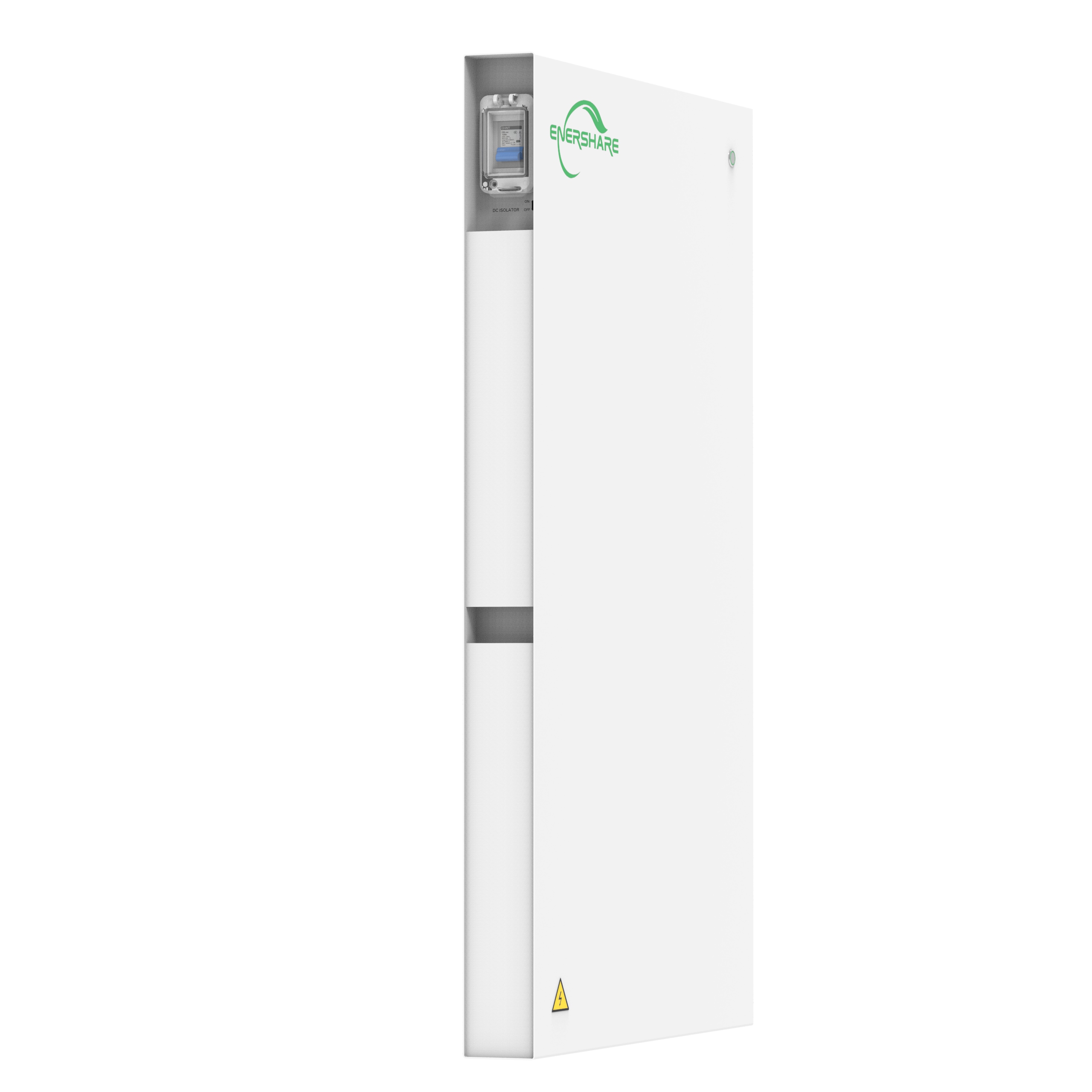
Maintenance methods and precautions
Daily use
Avoid overcharging and over-discharging: It is recommended to control the discharge depth within 80% and use BMS (battery management system) protection.
Regular equalization charging: once a month to ensure the consistency of the battery pack.
Environmental control: avoid storage in high temperature (>40℃) or low temperature (<0℃) environment.
Long-term storage
Power management: Charge to 50%-60% before storage, and recharge once every 3 months.
Disconnect the load: Avoid self-discharge leading to over-discharge.
Safe operation
Waterproof and moisture-proof: Avoid water or moisture in the battery.
Professional maintenance: Contact the manufacturer in case of failure, do not disassemble by yourself.
BMS monitoring
Real-time monitoring of voltage, current, and temperature to prevent risks such as overcharging, over-discharging, and short circuit.
Related Keywords
Related Keywords
You May Also Like
You May Also Like


